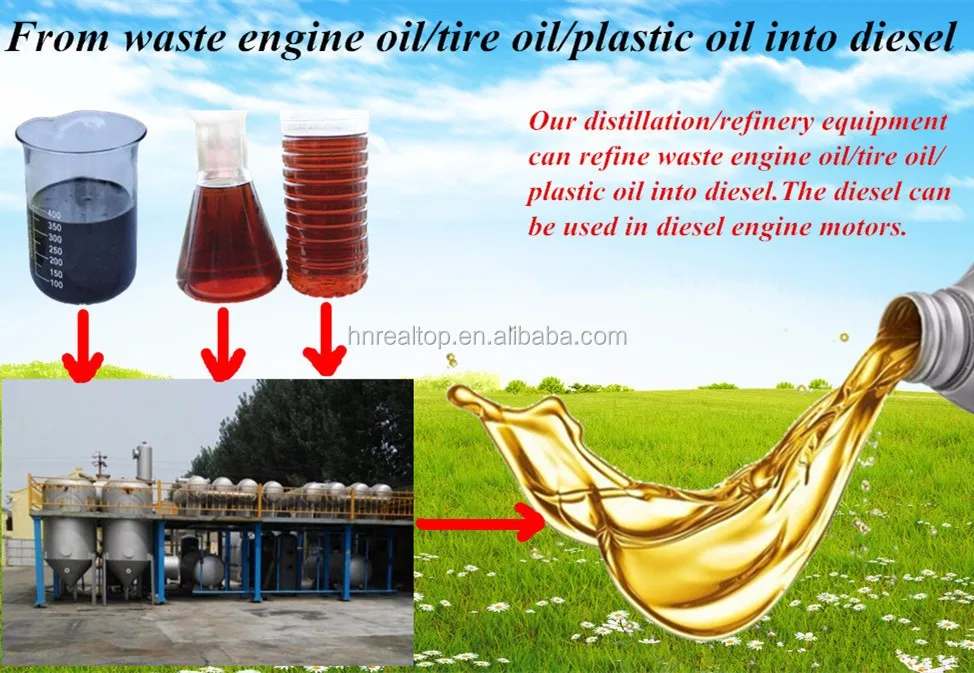Today, you can buy tires that can carry your vehicle tens of thousands of miles. Modern tires are the results of decades of tire engineering progress. The tire compound is a versatile material that comes with a range of properties depending on the raw materials used to manufacture it.
These materials allow tire manufacturers to come up with detailed tire designs that stand the test of time and driving pressure. But what are tires made of? How to make tires that are actually durable in the long run?
There are some important physical and chemical properties at play that make vehicle tires safe for everyday use. One of the main feedstocks required in tire making is crude oil. Below, we are going to delve a bit into the tire manufacturing process.
We are going to show you how much oil they need to produce a single tire and why. For this, we need to delve a bit into rubber production as well.
What are Car Tires Made of Exactly?To put it simply, a tire is a flexible rubber casing made to fit the rim of your vehicle’s wheel. However, the structure is a bit more complicated than that. There is also a number of required materials to make a tire you can actually rely on.
The primary raw material needed in tire manufacturing is rubber. The industry produces natural and synthetic rubbers on a wide scale. Due to the huge demand for tires, there is a shortage of natural rubber all around the world. It became inevitable to produce increasing amounts of rubber artificially, resulting in synthetic rubber.
Carbon black is also an essential ingredient, used in a fine powder form. Tire factories use a lot of this fine black fluffy particle, which is why they store it in big silos. Other ingredients include various chemicals. Each of them improves certain performance characteristics depending on the type of tire they want to produce.
While the end product is a one-fourth synthetic rubber tire, it also contains polyester, steel, nylon, silica, pigments, waxes, and reinforcing chemicals. Below, we are going to show you how exactly they make rubber, both natural and synthetic.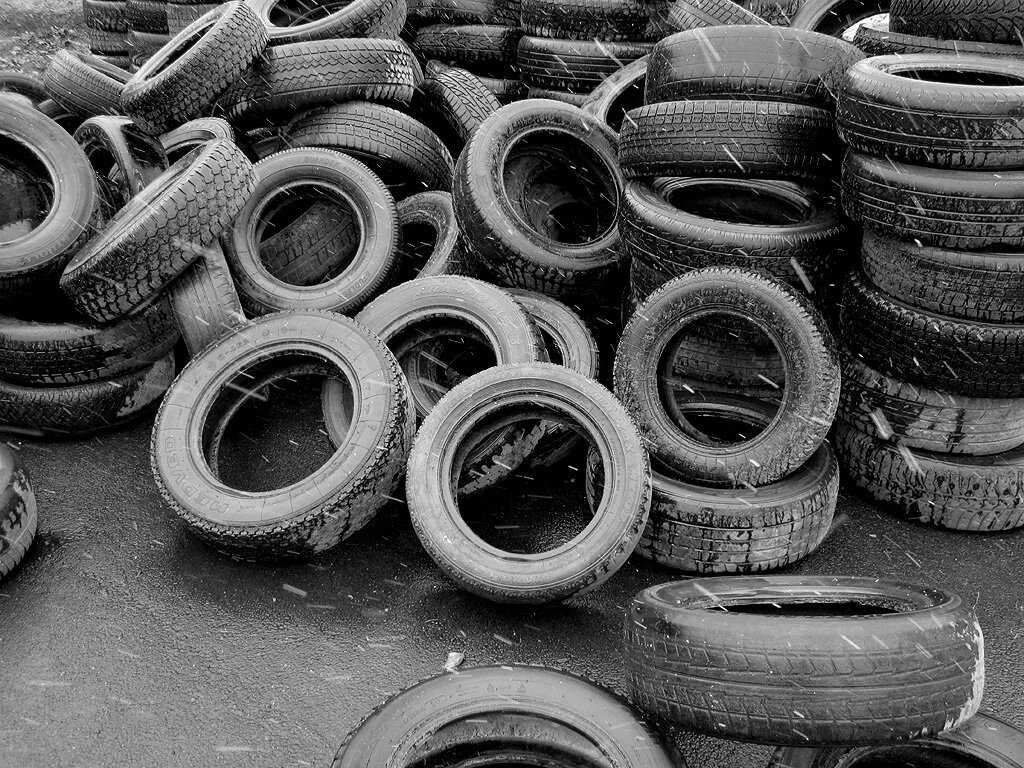
Back in the day when people started to produce rubber tires, there was no rubber tree plant shortage. They produced latex rubber from the liquid sap they extracted from these trees. Kundzu, oak trees, and poplars are the main sources of natural rubber.
They produce a volatile hydrocarbon liquid called isoprene, which forms the basic structural unit of the rubber. Cutting the bark and collecting the sap in a cup through a process called latex dripping. Then, they added ammonia to make sure the sap won’t solidify over time.
Next, they extracted the rubber by adding acid to the mix. After 12 hours, the resulting rubber compound was still wet, so they had to pass them through rollers and then hang them over racks. As the last step, they fold it into bales so that they can use them for tire production.
Thanks to chemistry, processing rubber is easier than ever in the tire-making industry. It is a great alternative to natural rubber, although its production requires lots of crude oil. This artificial rubber is made by linking polymer molecules together.
It is a great alternative to natural rubber, although its production requires lots of crude oil. This artificial rubber is made by linking polymer molecules together.
This is done in a laboratory called a chemical plant. The main ingredients are petrochemicals such as neoprene, which is made of hydrochloric acid and acetylene. Emulsion styrene-butadiene rubber or E-SBR is another great product of polymer chemistry.
It is one of the most commonly used general-purpose synthetic rubbers in the World. This rubber is the copolymer of styrene (25%) and butadiene (75%). To put it simply, the molecules of these two monomers are cross-linked through the vulcanization process, resulting in a strong structure.
Isoprene can be obtained by processing petroleum oil, resulting in pretty much the same volatile liquid hydrocarbon produced by trees. By combining isobutylene and isoprene, manufacturers can make butyl rubber as well. This is another type of synthetic rubber that comes with minimal gas and moisture permeability and outstanding shock absorption properties.
Carbon black is basically the main reason why we have black tires instead of white ones. It not only gives the tire its color but also helps with heat dissipation. It is a filler material that is produced at high temperatures.
They use combustion air, which is a source of oxygen to burn fuel, and burn it together with hydrocarbon fuel, which is oil or gas. The result is a chemical material in the form of a soft powder, as it is best to be used in small granules in tire making.
It is used to strengthen the tire’s structure and improve its certain characteristics. It protects against ozone and UV rays, boosts its abrasion resistance, and enhances tensile strength.
Now we finally know what is rubber made out of. We prepared the raw materials, but one question is still there: How are tires made? Well, tire manufacturers follow a strict protocol when it comes to tire assembly. We are still a couple of steps away from getting all tire components ready.
There are various types of tires in the market, yet they all go through a similar construction process.
At this stage, they mix together all different raw materials. The rubber polymers and additives constitute a mix that varies in consistency throughout the various parts of the tire. The reason for this is simple. You want to emphasize versatile characteristics for passenger tires than for industrial tires.
There is a huge difference between winter and summer car tires as well. The rubber is not exactly the same, which is why manufacturers adjust their recipes accordingly.
The next part of the manufacturing process rubberizes the components that reinforce the tire. These include cables, steel belts, and textiles for the most part. Depending on the type of tire in the making, manufacturers use 10 to 30 different components for a single tire.
Even passenger tires need steel cord belt plies, jointless cap plies (nylon embedded in rubber), textile cord plies, an inner liner of butyl rubber, etc.
They assemble all the abovementioned components using various machinery, resulting in “green tires”. At this stage, the tire gets its strong structure, although it still lacks the tread pattern. Assembly machines have their own belt drum where all components need to be placed.
It is where the tire gets its shape through stretching and pressing as all different parts come together.
The rubber has to go through a process called vulcanization, which means that part of the process treats it with high heat. You can imagine this part as just throwing it in the oven for some time to cook it. It is the heat treatment phase that solidifies the structure.
Manufacturers usually do this part with sulfur, resulting in the molecules cross-linking with each other and forming a stronger bond. The heat makes the rubber compounds stronger and more durable. Once it is “taken out of the oven” it is ready for shaping, depending on the tread pattern and overall tire design.
We need about five gallons of oil to produce the synthetic rubbers required for a single tire. The whole tire manufacturing process that follows requires two additional gallons of oil. The manufacturing process uses it to fuel the energy required to prepare the materials and assemble the whole tire.
Bigger ones such as truck tires require, even more, averaging 22 gallons of oil. The tire industry often uses gasoline, the production of which also requires oil. For every barrel of oil (42 gallons), they can produce about 19 gallons of gasoline.
The thing is that by making tires from natural rubber compounds instead of artificial ones, we do not take oil out of the whole equation. We still need it to produce the special additives needed to enhance the tire’s performance characteristics.
Moreover, we also need petroleum oil to work the tires into shape. Carbon black, one of the most essential ingredients is also a petroleum byproduct.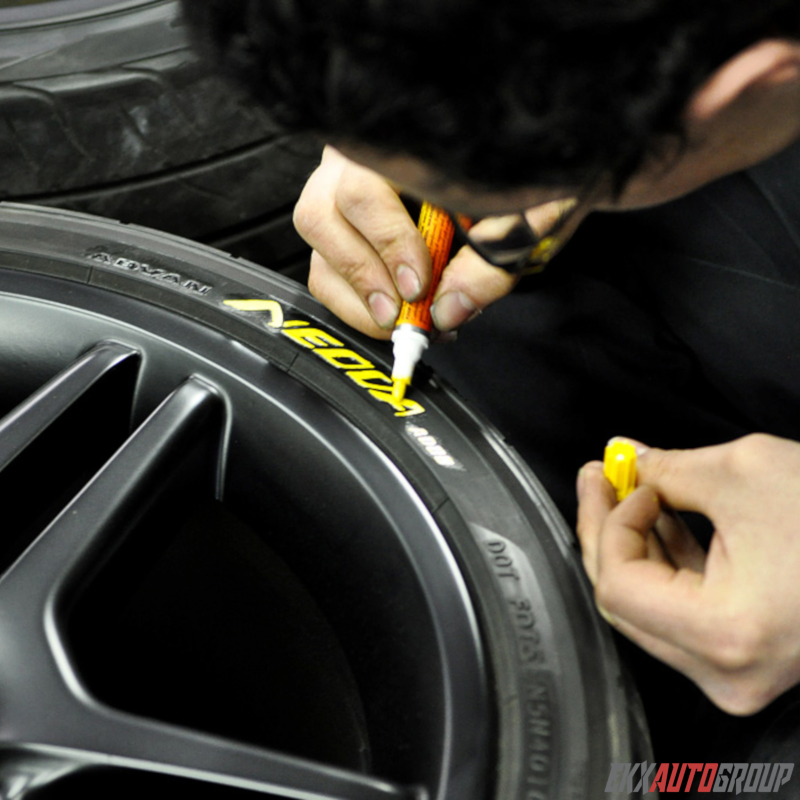 It is produced through combustion, requiring various petroleum oil-based products in the process.
It is produced through combustion, requiring various petroleum oil-based products in the process.
Tire manufacturers have already found a way to produce carbon black without burning oil. They have found ways to produce it from plant-based oil, methane, and carbon dioxide. However, they still need to somewhat rely on the petroleum-based method.
As technology advances, we are inevitably going to reach the point when brands can manufacture tires in an environmentally-friendly way. Until then, we more or less need to use petroleum oil in the process.
We can get the rubber from natural sources such as rubber trees. The real problem here is that there is a shortage of trees available, compared to the global demand for tires. The global manufacturing of rubber products has already contributed to mass deforestation across the world.
There are simply not enough natural resources to get the desired amount of rubber produced. Fortunately, science has found a way to produce isoprene, the main ingredient of rubber without having to use oil in the process. A company called Genencor had a project with Goodyear during which they found a way to generate natural isoprene.
A company called Genencor had a project with Goodyear during which they found a way to generate natural isoprene.
They took plants such as corn cobs, switchgrass, and corn and used E. coli bacteria to break down their cellulose-based sugars. The result was natural isoprene and very few toxic waste products. This way, they have demonstrated an environmentally-friendly process.
They now call the end product BioIsoprene, which enables manufacturers to produce rubber compounds without using oil.
The reason why tires are black is quite simple. We have previously talked about what brands use to make rubber, and there is nothing black in it. The ingredient that makes tires black is carbon black, which brands add to the mix later in the tire manufacturing process. It is crucial for the tire’s abrasion resistance and tensile strength. Due to the resulting strengthened structure, this ingredient makes the tire last longer.
Without carbon black, tires made of natural rubber would be white in color.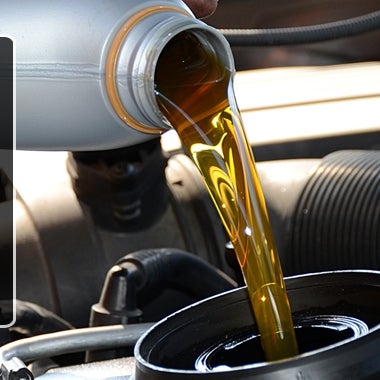 They would also have weak performance characteristics that would make them unsuitable for everyday use. It would result in short service life, wearing down tread patterns at a fast pace.
They would also have weak performance characteristics that would make them unsuitable for everyday use. It would result in short service life, wearing down tread patterns at a fast pace.
One of the biggest problems with tires is friction-induced pollution. You see, not all pollution comes from the tire manufacturing process. As you drive your car, your tires are constantly generating friction between the footprint and the road surface.
The result is plenty of tire dust that has a huge impact on the environment. As your tires grip the road, they dissipate energy and waste heat depending on their rolling resistance. When we do the math, it turns out that 9 percent of oil consumption is the result of tire rolling resistance. Low rolling resistance means less friction, less pollution, and fuel efficiency.
By making tires, tire manufacturers contribute to pollution by only 1 percent. We can only get that oil through oil refining, which generates hazardous wastes and pollutes our air and water as well. The devil is in the details, as they say.
The devil is in the details, as they say.
Brands make most tires using synthetic rubber. On average, to produce one tire, the process uses seven gallons of oil. Tires are not directly and solely made of oil, it is an essential ingredient for synthetic rubber. Even when using natural rubber, tire manufacturing needs oil later in the process.
The industry makes rubber from both natural ingredients and artificial ones. Natural rubber comes from rubber trees, extracting latex from the tree – a liquid sap produced by the tree. Besides latex rubber, there is synthetic rubber, made with petrochemical feedstocks through chemical processes.
Plastic and rubber fall under the category of polymers. They have to mix additives with polymers in order to gain additional properties. Polymers with an elastic property are elastomers. They differently arrange polymer molecules in rubbers, enabling them to bend and return to their initial shape.
Media Platforms Design Team
The field of transportation is ripe for green tech: It accounts for two-thirds of U.S. oil consumption and generates one-third of the nation's greenhouse gas emissions. Most research has focused on alternatives to gasoline-powered internal-combustion engines, but multinational biotechnology company Genencor is working on a more plebian car component: tires.
About 250 million tires are sold yearly in the United States. Each one is roughly one-fourth synthetic rubber (the rest consists of natural rubber, steel, nylon, polyester, assorted reinforcing chemicals, waxes, pigments and oils). Synthetic rubber production dates back to the early 1900s and mushroomed into an industry during World War II. Today it takes about seven gallons of oil to make a standard tire—five gallons as feedstock for chemicals that make up synthetic rubber, plus two for the energy required to power the manufacturing process.
Many types of plants, including poplars, oak trees and kudzu, produce isoprene, a volatile hydrocarbon liquid that's a building block of natural rubber. (Isoprene emissions from trees on hot days are a component of smog.) Chemical companies also refine isoprene from petroleum and use it to make synthetic polyisoprene rubber, which has good strength, flexibility and resistance to cold. Synthetic polyisoprene is widely used in tires, as well as other goods like hoses, rubber bands and pipe gaskets.
Working with Goodyear Tire & Rubber, Genencor has developed a way to make isoprene by starting with plant material instead of oil. The company uses E. coli bacteria to break down cellulose-based sugars derived from plant materials like corn, corn cobs or switchgrass, generating natural isoprene as a byproduct.
It's cleaner to make than the oil version. "Some of the microbe cell mass is left over after the microbes catalyze the reaction," says Genencor vice president Carl Sanford, "but that can be recycled, used as fertilizer or burned for energy. There are no highly toxic waste products."
There are no highly toxic waste products."
Genencor delivered the first shipment of its BioIsoprene™ to Goodyear early last year, and it was incorporated into two concept tires displayed at the Copenhagen climate change conference in December. In March Genencor announced that it had inserted plant genes for producing isoprene into E. coli bacteria, speeding up the manufacturing process. The company plans to start pilot production of BioIsoprene within two years, and says that bio-based tires could be on the market within three to five years.
Genencor's business case relies on making BioIsoprene cost-competitive with isoprene from petroleum, so its prospects hinge partly on world oil prices over the next five years. Global rubber supplies will also be a factor. BioIsoprene could sub in for a portion of the natural rubber already in tires, Sanford says. "And sometimes companies can't get enough petro-derived isoprene, so we may be able to fill the void. "
"
Genencor will no doubt have competition for the plant feedstock: Under the Environmental Protection Agency's Renewable Fuel Standard program, first enacted in 2005 and amended several times since, U.S. oil refiners are required to blend 3 billion gallons of cellulosic biofuels into gasoline annually by 2015, and 16 billion gallons per year by 2022. While federal agencies have estimated that the U.S. could produce as much as a billion tons of biomass crops per year within the next several decades, enough to satisfy the renewable fuel mandate with materials left over, not all experts agree on that number.
It's worth noting, however, that although the global isoprene market isn't trivial—about 1.7 billion pounds per year—replacing that entire amount with plant-based isoprene is a much smaller undertaking than meeting federal biofuel targets. Sanford estimates that every ton of BioIsoprene requires about four tons of feedstock, so it would take only about 3. 4 million tons of cellulosic materials to make enough plant-based isoprene for all global applications.
4 million tons of cellulosic materials to make enough plant-based isoprene for all global applications.
According to a life-cycle assessment by European tire and rubber manufacturers, the biggest environmental impacts from tires occur not while they're being made, but while they're being used. The main culprit is rolling resistance (friction and other forces that are generated as tires grip the road and dissipate energy as waste heat). Michelin, the world's largest tire manufacturer, estimates that rolling resistance accounts for 9 percent of global oil consumption; in contrast, making tires represents less than 1 percent. Low rolling resistance tires, which are widely available now, can improve drivers' gas mileage by 3 to 4 percent.
"There are three things we must do to move toward a sustainable technology base," says Terry Collins, professor of chemistry and director of the Institute for Green Science at Carnegie Mellon University.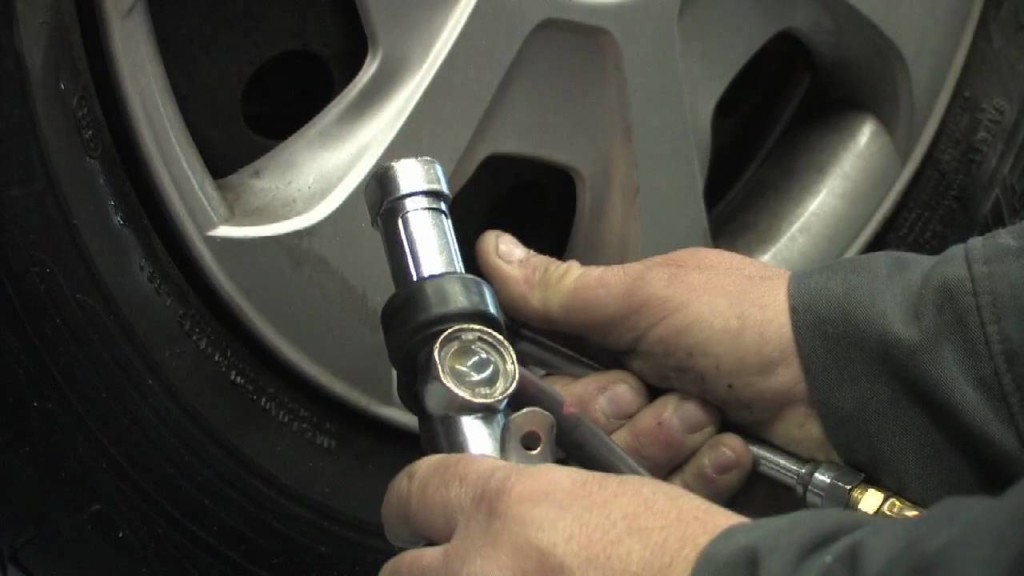 "Go solar for energy, move from fossilized to recently dead plant matter for the source materials of our products and reduce and eliminate toxic substances from our technologies." Because oil refining generates high levels of air and water pollution and hazardous wastes, reducing the need for petroleum-based inputs would be reason to call BioIsoprene a green product.
"Go solar for energy, move from fossilized to recently dead plant matter for the source materials of our products and reduce and eliminate toxic substances from our technologies." Because oil refining generates high levels of air and water pollution and hazardous wastes, reducing the need for petroleum-based inputs would be reason to call BioIsoprene a green product.
The final verdict, says Collins, depends on what kinds of energy, water and other resources are required to manufacture it commercially. "The devil, and the angels, are in the details," he says.
Hello guys. How much oil should be poured into the tire on such a mower?
Oil Tip Mower
Share
Hello everyone. Does anyone know why oil is running from the mower to the lower cup? Chanterelle mower. Thank you.
Does anyone know why oil is running from the mower to the lower cup? Chanterelle mower. Thank you.
Why Oil is flowing Oil Cup lower Chanterelle mower
Mower Rotary mower Polish Z-178 What is better Fill the trough Bathtub Lubrication Oil Mining Recycling
Good day to all, guys. Problem: I can’t arrange an oil leak from under the front intermediate plate of the front cover mtz80. Can anyone come across such a problem?
Why I can’t fix Leakage Oil Front intermediate plate Cover MTZ 80
 1 girder bridge Previously, it was thrown out only on the side, today it was thrown through the breather on the bridge.
1 girder bridge Previously, it was thrown out only on the side, today it was thrown through the breather on the bridge. Hello, he throws oil through the breather mtz 82.1 girder bridge What could be the reason? Previously, it was thrown only on the side, today it was thrown through the breather on the bridge Throws after driving on asphalt
Why is the oil thrown out Breather MTZ Bridge 82.1 Beam bridge across the Onboard
Good day. Dear, please tell me the oil in the box, engine, hydraulics, according to the level after starting, after a minute an error lights up. What does it mean?
Why Oil Box Engine Hydraulics Level Oil level after a minute Lights up Error
Why oil can leak from the dump?
What Causes Dump Oil to Leak

Hello. What is the reason? On the Schumacher mower, the heel breaks, it constantly bursts.
What is the reason? Mower Schumacher The heel bursts breaks
Why MTZ MTZ 80 Dipstick Oil no morning Appears hot Oil level Level
Hello everyone, please tell me the D240 engine beats in the air so that oil flows out of it. Where to dig? The valves were adjusted, the head was removed, the valves were rubbed, diesel fuel was poured in for a day, everything keeps fine. What else can be? Who faced?
What else can be? Who faced?
The d-240 engine beats Vozduhan Oil flows out What is the reason?
Good afternoon! There is YuMZ with a dispenser and Kuhn. Stopped working nsh-10. Installed nsh-14. The steering wheel is very light, but the oil is heated, but the hand does not burn. Is it tolerable or should nsh-10 be set?
YuMZ Dispenser Kun NSh NSh-10 NSh-14 Does not work Light steering wheel Oil Heats up
The proportions of oil and gasoline for a chainsaw
the proportions of oil and gasoline for a chainsaw
Hasik Student (69), closed 2 years ago
Vladimir Kostyuk Oracle (73819) 3 years ago
With which I agree 100%. I don't have one, but if I had one, I never agreed to a 1:50 ratio. Previously used 1:25 for similar (different engines) and everything served. Here I dug especially for you:
I don't have one, but if I had one, I never agreed to a 1:50 ratio. Previously used 1:25 for similar (different engines) and everything served. Here I dug especially for you:
The most precious thing in a chainsaw. this is a piston, the most affordable in a chainsaw. it is fuel and oil.
Use the brand of gasoline indicated in the annotation
Do not keep the fuel mixture of oil and gasoline for more than a week, it decomposes and loses its characteristics, the result is a jammed saw, piston replacement, it is better to dilute the newest mixture every time before work.
It is better to drain the fuel from the tank after work, otherwise the carburetor will evenly deposit.
Do not use moped chainsaw oils, modern chainsaw engines are more revving than moped engines, you will shorten saw life by 7-10%.
Use a syringe to accurately dose the consistency of oil and gasoline, underfilling the oil instantly kills the piston. Pour oil into gasoline 10-30 grams per liter more than indicated in the annotation, oils for Ukraine differ in quality from oils for the West, where the annotation was written. The best oils for chainsaws. Naturally, you can pour calmness into an imported chainsaw, how much oil to pour. Jonsered, Oleo Mac, Stihl. (the latter has 3 spills, the original costs more than 120 UAH, the license is 80, a high-quality fake is 40-60 UAH, but pour it needs 50 grams per liter, the stronger the raspberry color and the less brown, the better the oil), for Motor Sich and old Russian Azmol Start2T chainsaws.
The best oils for chainsaws. Naturally, you can pour calmness into an imported chainsaw, how much oil to pour. Jonsered, Oleo Mac, Stihl. (the latter has 3 spills, the original costs more than 120 UAH, the license is 80, a high-quality fake is 40-60 UAH, but pour it needs 50 grams per liter, the stronger the raspberry color and the less brown, the better the oil), for Motor Sich and old Russian Azmol Start2T chainsaws.
There is no need to take a special precious oil for chain lubrication (this is a divorce), the most affordable car mineral oil will do (just not working out, it will destroy and clog the oil pump) and in winter a spindle will do.
Add oil for chain lubrication at each refueling, if the oil tank is half empty, then the oil pump does not fill the oil supply in all positions of the saw, this greatly affects the durability of the tire.
Always lubricate the sprocket bearing at the end of the bar before each work, putting the saw on its side and dripping oil on the special hole in the bar, manually turn the chain in the direction of travel (turning in the opposite direction will cut your fingers on the teeth of the saw). The bearing will fly out - throw out the tire, and this is a completely inaccessible spare part.
The bearing will fly out - throw out the tire, and this is a completely inaccessible spare part.
Inspect the operation of the chain lubrication pump before working, point the saw tip at a light surface and run the throttle. An oil slick should appear.
Lubricate the sprocket bearing from time to time, you can use grease, or in the last case, the same oil that goes to lubricate the chain.
Other answers
The quality of these consumables has a decisive influence on the function and life of the chainsaw motor. On any saw, a two-stroke carburetor engine and two tanks are installed (one for filling the fuel mixture, the other for filling oil to lubricate the chain). The volume of the fuel tank is from 0.3 to 1 liter, and the volume of the oil tank is usually 1.5–2 times less. This ratio of volumes leads to the fact that the chain oil and fuel mixture are completed approximately immediately, namely after 30-45 minutes of operation (at full load).
The need to manufacture a fuel consistency is clear to everyone who is familiar with two-stroke engines: the difference between the working cycle of a two-stroke engine and a four-stroke one leads to the fact that it is impossible to use an oil pump system and oil to lubricate all rubbing parts (piston, shaft, etc.) must be added directly to gasoline. All this is quite important, because trying to work only on gasoline or violating the required proportions of the gasoline-oil consistency will quickly lead to tool failure.
Advice on grades of gasoline and oil, also on proportions fuel mixture following. When working with Russian chainsaws, 76th gasoline and ordinary oils for two-stroke engines are used, which are added to the mixture in an amount of about 4%, in other words, in a ratio of 1/25. Foreign models require the introduction of gasoline with an octane rating of 92 (or higher) and branded oils from chainsaw manufacturers (with all this, the oil content in such a consistency should be about 1/40).
In principle, Russian oils for two-stroke engines can also be used on foreign chainsaws, but two incidents should be implied. First, you must be convinced that the gasoline is clean. 2nd - if the oils are designed for engines with a speed of up to 8.5 thousand per minute, and for foreign-made chainsaws, the revolutions can reach 11-14 thousand, then the introduction of these oils reduces the tool life by an average of 7-10%. But for calm, how much oil to add to gasoline for how much oil to pour into gasoline. The game is worth the candle - decide for yourself.
With oil for lubricating the saw unit, it’s more ordinary: in all models of household and professional chainsaws, ordinary Zhiguli oils can be used (for example, engine oils are recommended for Husqvarna models, and transmission oils for Stihl).
Attention should also be paid to the peculiarities of seasonal use of the tool. If the saw is used at low temperatures, then even with the right choice of all ingredients, the quality of the oil and fuel consistency may turn out to be unsatisfactory (crystallization occurs and viscosity increases significantly). In this case, the saw itself must be adapted for use in such conditions - for example, it is necessary to foresee the possibility of warming up the carburetor during operation. In addition, it is recommended to warm up the saw before work (if it was stored in an unheated room) - in order to avoid unnecessary consequences due to the presence of condensate.
In this case, the saw itself must be adapted for use in such conditions - for example, it is necessary to foresee the possibility of warming up the carburetor during operation. In addition, it is recommended to warm up the saw before work (if it was stored in an unheated room) - in order to avoid unnecessary consequences due to the presence of condensate.
Stihl chainsaw MS180 A couple of points about what kind of water you need to fill in chainsaw . Always keep an eye on
Stihl chainsaw MS180 oil dispenser . How and in what ratio to mix oil and gasoline for a chainsaw: how much oil per. We make a mixture. Life hack Often you have to make a mixture for chainsaws and coil
The fuel mixture tends to oxidize, so the stock of the mixture should be prepared only for a month.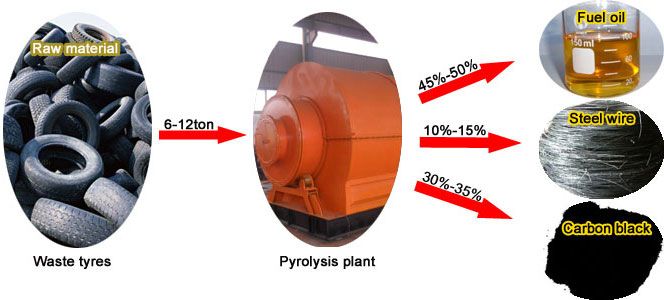 The fuel tank of the chainsaw and the canister must be thoroughly cleaned from time to time.
The fuel tank of the chainsaw and the canister must be thoroughly cleaned from time to time.
Before refueling the chainsaw, clean the fuel filler cap and the surroundings of the tank so that no dirt enters the tank!
When refueling the chainsaw, be careful not to spill any fuel and do not fill the fuel tank to the brim.
Do not mix fuel with four-stroke motor oils! This leads to the failure of their parts of the cylinder-piston group
If you have a chainsaw, then for its long service it would be nice to know how to use a chainsaw. This will be discussed in this article.
One of the main causes of chainsaw failure is improper preparation of the fuel mixture. The manufacturer always indicates the proportion of oil with gasoline for a chainsaw at which the chainsaw should work. When oil is not added to gasoline, excessive friction occurs between the piston and cylinder, which ultimately leads to scoring and failure of the saw. When overflowing, everything is not so scary, but in this case there may be problems with starting the saw, and carbon deposits will also begin to appear, which can also eventually lead to premature wear.
When overflowing, everything is not so scary, but in this case there may be problems with starting the saw, and carbon deposits will also begin to appear, which can also eventually lead to premature wear.
To mix oil with gasoline, you can use special containers with divisions that show how much gasoline to pour and how much oil. For even greater accuracy, you can use a medical syringe. In no case do not use containers not intended for gasoline, for example, one and a half cups from soda water or beer. Gasoline corrodes such plastic and everything that it corrodes will eventually get into the engine and stay there. Use glass or metal containers, or special plastic containers designed for gasoline.
It is better to use the fuel mixture oil specified by the manufacturer. As a rule, if you use some other oil, then if the piston group breaks down, such a case is recognized as non-warranty. If it is absolutely not possible to use the oil specified by the manufacturer, but you need to work, then you can use another oil for two-stroke engines, but in this case it is recommended to fill in more.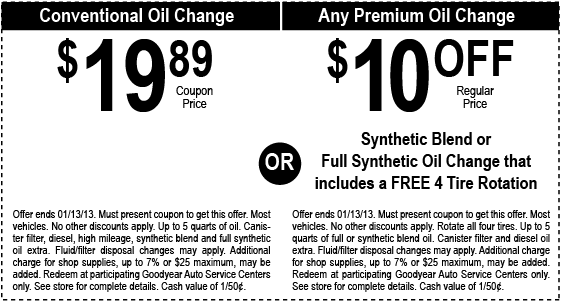 For example, if you have a proportion for working with #171 native #187 oil 1:50, then fill with #171 non-native #187 in a ratio of 1:40. However, this cannot yet guarantee that the #171 non-native #187 oil will not cause any harm to the saw. Like "how much oil to pour on 1,2,5 you need 50 ml. Oils (per 1 liter (calm 180). Manufacturers say that they guarantee the correct operation of the saw only using the oil they indicate. It is not known how the saw will behave with another oil.
For example, if you have a proportion for working with #171 native #187 oil 1:50, then fill with #171 non-native #187 in a ratio of 1:40. However, this cannot yet guarantee that the #171 non-native #187 oil will not cause any harm to the saw. Like "how much oil to pour on 1,2,5 you need 50 ml. Oils (per 1 liter (calm 180). Manufacturers say that they guarantee the correct operation of the saw only using the oil they indicate. It is not known how the saw will behave with another oil.
If anything, a whole bunch of chainsaws for every taste and budget is here (click)
Next, answering the question of how to use a chainsaw , consider such an element as an air filter for a chainsaw. Its clogging leads to overheating of the saw and the inability to produce full power. The filter can be nylon, felt, and also in the form of foam rubber. Nylon and foam filters can be washed in soapy water and reused after drying. Felt filters need to be replaced with new ones.
Now let's talk about the bar and chain.
In order for the chainsaw tire to wear out evenly, it must be turned over periodically, that is, for example, today we sawed in one position, next time we turn it over.
Before using a chainsaw, it is advisable to stock up on not one, but several chains. The most ideal condition would be if you use three chains alternately. In this case, during the time when the chains are completely worn out, the tire and the drive sprocket are completely worn out. And if you use, for example, one chain, then when it wears out, the drive sprocket will still be in a usable condition, but the groove from the old chain will be knocked out on it, and when you put in a new one, it may not stand up as it should, as once due to the fact that the old chain stretched during operation and left behind a groove # 171 under itself # 187.
In order for the chain to serve for a long time before it is sharpened on the machine, it can be filed 8-10 times.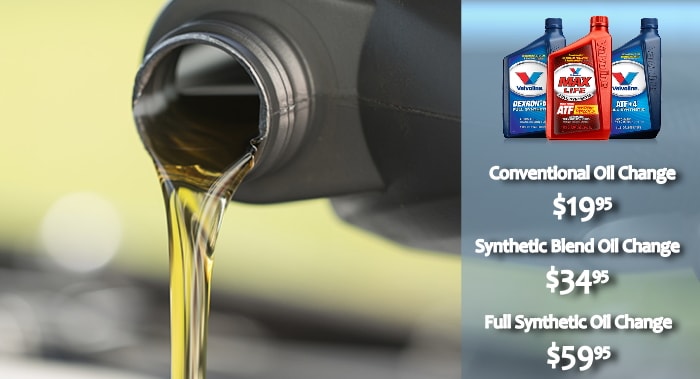 Why only 8-10 times? Because, no matter how hard your hands are, you will still knock down the corners on the cutting teeth when editing with a file. And just on the machine, these angles will align. Why then it is impossible to constantly sharpen only on the machine? Because the machine, when sharpening, grinds too much from the cutting tooth, so if you constantly sharpen it on the machine, the cutting tooth will quickly be erased and the chain will become unusable.
Why only 8-10 times? Because, no matter how hard your hands are, you will still knock down the corners on the cutting teeth when editing with a file. And just on the machine, these angles will align. Why then it is impossible to constantly sharpen only on the machine? Because the machine, when sharpening, grinds too much from the cutting tooth, so if you constantly sharpen it on the machine, the cutting tooth will quickly be erased and the chain will become unusable.
Sawing with a dull chain puts an excessive load on the engine. Therefore, always correct and sharpen the chain on time.
Always loosen the chain when storing the saw after work. During operation, it heats up and expands. Oil for chainsaw chain lubrication, how to properly prepare the mixture yourself, what are the proportions of oil and gasoline, what to mix and how much to pour the mixture. Including because of this, you pull it. After work, it cools down, shrinks and begins to pull the drive shaft, which leads to premature wear of the bearing. If the chain is loosened, then the bearing, of course, is not in danger.
If the chain is loosened, then the bearing, of course, is not in danger.
It is advisable to use special oils to lubricate chain saws. They contain adhesive substances that allow the oil to "stick" to the chain. Due to this, such oil will lubricate the entire tire and the sprocket at the end of the tire during operation. Conventional oils, due to the high speed of the chain, almost completely fly out of the bar and chain, not even reaching the sprocket at the end of the bar. Because of this, the tire fails faster. And in no case do not use "working out". The dirt contained in such oil can easily clog the oil passage, and the oil will not flow to the chain and bar.
If you have removed the tire, make sure the chain oil passage is clean before reinstalling it and clean it if it is clogged.
When sawing, be sure to give full throttle when making cuts. After making a cut, the saw should be allowed to idle a little. The cutting time should preferably not be more than 30-40 seconds.